Indoor flowers: balsam - a talisman of home warmth and comfort
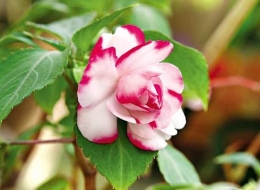
The restless sun inspired the balsam to bloom throughout the year. The plant awakens in a person the desire for a better life and makes him want to do something pleasant for others. In order for balsam to become a talisman of home warmth and comfort, it must be properly cared for.
Content:
Appearance of a houseplant
Impatiens is a fast-growing perennial plant 40-60 cm high with a translucent branched stem, the color of which varies from light green to purple. The leaves are 5-10 cm long and located oppositely on the stem. A distinctive feature of balsam is its fragile and thin petioles. With their help, the leaves are attached to the stem.
The plant is popularly called “light” because balsam flowers They have different colors: from pale colors to bright red. Impatiens has won the hearts of flower growers thanks to its beautiful flowering.
Conditions and care
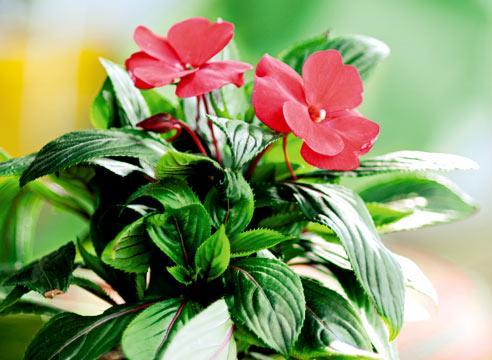
The main factors for the successful maintenance of indoor balsam:
- Temperature
- Lighting
- Watering
- Air humidity
- Feeding
- Pinching and trimming
- Transfer
- Substrate
During the period of active growth, balsam requires a moderate temperature; in winter, it should not be lower than 12 °C.
Lighting should be intense, with shading from sunlight during the midday hours.In winter, the plant needs to create additional lighting, so the stems will not stretch and the balsam will remain attractive. In summer, regular and abundant watering is required, in winter - moderate. The main agrotechnical requirement when growing balsams is intensive watering.
The flower needs to be fed Once every 2 weeks from spring to autumn with complex fertilizers. Impatiens respond well to fertilizing with nitrogen fertilizers. For lush and abundant flowering, the plant needs mineral fertilizers. All fertilizing should be done only after the soil in the pot has been moistened.
With insufficient lighting in winter, the plant becomes very elongated and loses its decorative effect. To restore the beauty of balsam, you need to shorten all the stems by half. The plant will soon produce new shoots, buds and flowers.
Timely removal and pruning of thickening and weak stems stimulates the formation of new shoots and improves flowering. When the balsam reaches the required height, you need to pinch the top.
It is recommended to replant balsam as needed: in early spring and late summer. A drainage layer should be placed at the bottom of the pot. But it should be remembered that the plant blooms profusely if it is slightly cramped in the pot.
For good growth and flowering, balsam needs the right soil. The soil should contain turf, humus, leaf soil and sand, taken in equal quantities. Balsams have a powerful root system, so you should choose a deep container for planting. The attractiveness of the plant and abundant flowering will depend on proper care.
Reproduction
For balsam propagation and obtaining new copies use 2 methods. Propagation by cuttings For propagation by cuttings, the most beautiful and healthy shoots are selected. Cut cuttings take root well at any time of the year.
Stages of work:
- A young and healthy shoot is cut at an angle of 45°.
- Most of the leaves and all buds and flowers should be removed.
- The cuttings are placed in cold boiled water.
- After 7-10 days, small roots will appear on the cuttings.
- Plant the prepared cuttings in moist soil.
- The tops of grown shoots are pinched so that the plant begins to branch.
The root system of a young flower will form in 2-3 months, fill the entire space of the pot and the balsam will begin to bloom profusely. Propagating balsam by cuttings is a quick way to obtain a new collection.
Propagation by seeds
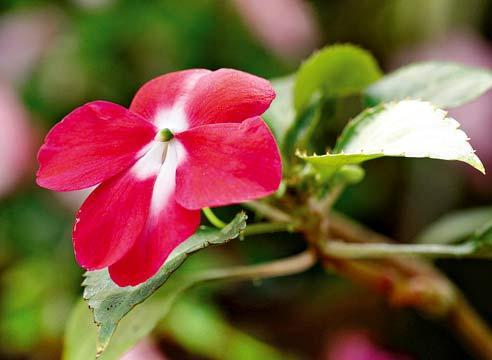
Seeds are sown into wet soil. To create a greenhouse effect and retain the moisture these flowers need, it is recommended to cover the pot with seeds with film. Seeds germinate in a bright and warm place, so the container should be placed on the windowsill.
Planting seeds in special peat tablets guarantees good germination and intensive plant growth.
After the first shoots appear, and this will happen 10 days after planting the seeds, the greenhouse must be regularly ventilated. You can transplant seedlings into other pots only after the first pair of true leaves appear on them.
Pests and diseases
Impatiens, like other plants, can be affected by pests and diseases.
Plant pests:
- Aphid.If aphids appear on the stems and leaves of balsam, it is recommended to remove the insects and spray the plant with a weak solution of laundry soap. In this case, the flowers will lose their decorative effect, so they should be removed.
- Whitefly is a dangerous pest that leads to the death of the plant. Flower growth slows down, leaves curl, dry out and fall off. Signs of whitefly damage: (yellowish or whitish spots on the leaves, discoloration of stems, deformation of plants, falling of leaves, buds, flowers, flower growth). To get rid of whiteflies, you need to increase the air humidity near the plant and spray the bush with insecticides or garlic infusion. Adults can be captured using yellow sticky tape.
- Spider mite. This pest is so small that it cannot be seen with the naked eye. Only by the thin web on the underside of the leaf can one understand that the plant is affected by spider mites. They get rid of the pest by spraying the plant with a soap solution or chemicals.
Timely air humidification and proper care will help prevent the appearance of spider mites, aphids and whiteflies.
Possible difficulties with maintenance:
- Root rotting. As a result of waterlogging of the soil, especially at low temperatures and poor lighting, the root system of the plant can rot. In winter, you need to monitor the air temperature in the room. If it begins to drop below 15 °C, the plant should be watered moderately, only after the earthen clod has dried.
- Falling leaves. Prolonged waterlogging or irregular watering and pests can cause leaf loss.
- Weak flowering.Insufficient lighting, low temperature, premature transplantation and lack of nutrients can affect the abundant flowering of balsam.
- Drooping leaves indicate lack of moisture. After watering the plant, turgor is restored.
With proper and attentive care, balsam will decorate the windowsill and will delight you with flowering all year round.
Interesting video about growing balsam:
Interesting information about the vegetable garden

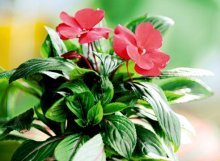

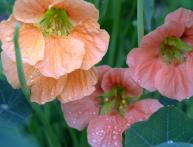

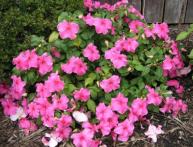
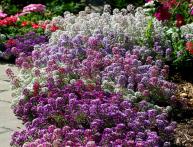
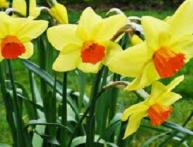


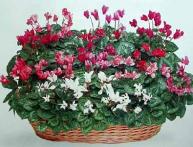
Comments
The flower is beautiful, I tried to grow it many times, it doesn’t work, it dies. Balsam is a talisman at home, maybe something is wrong at home. Other flowers are growing. I read the article, I’ll try to start balsam again.